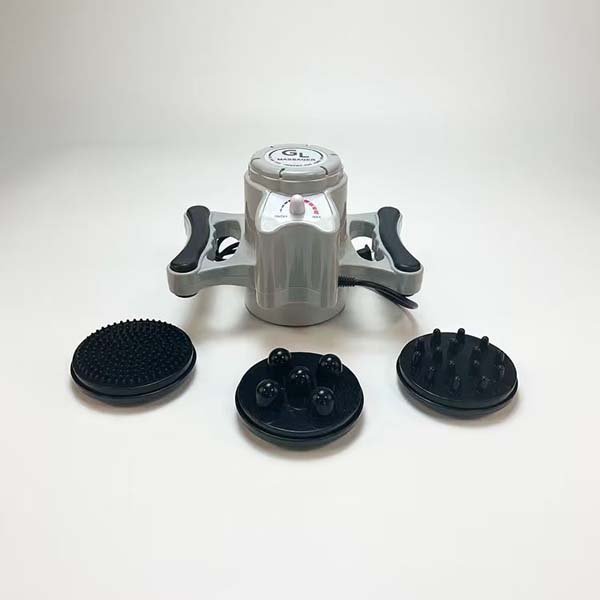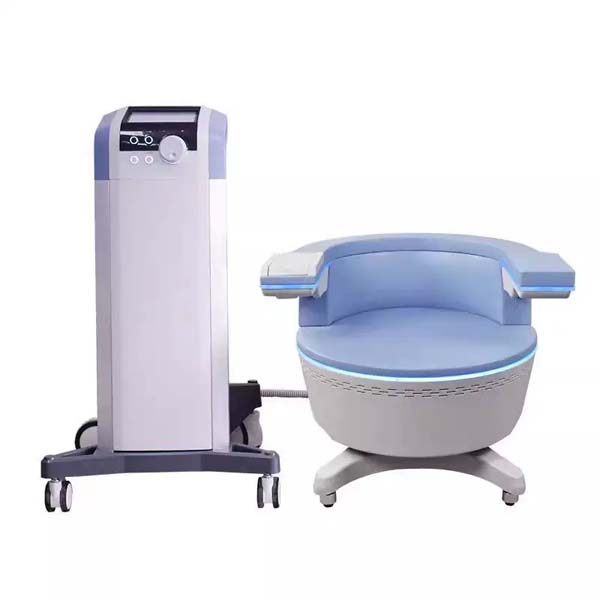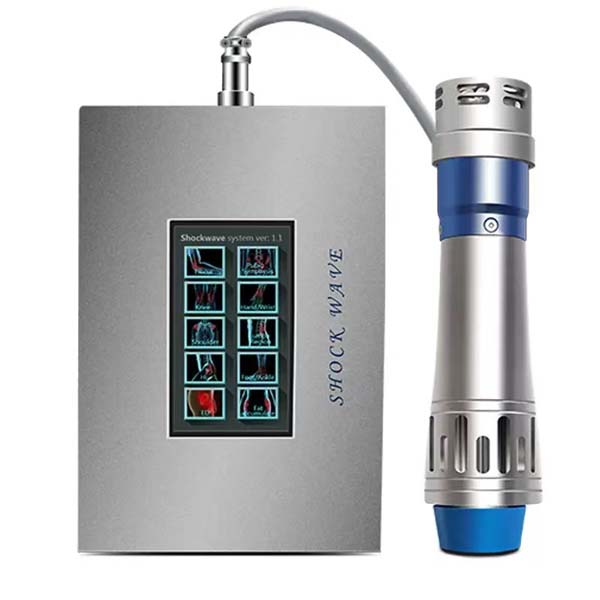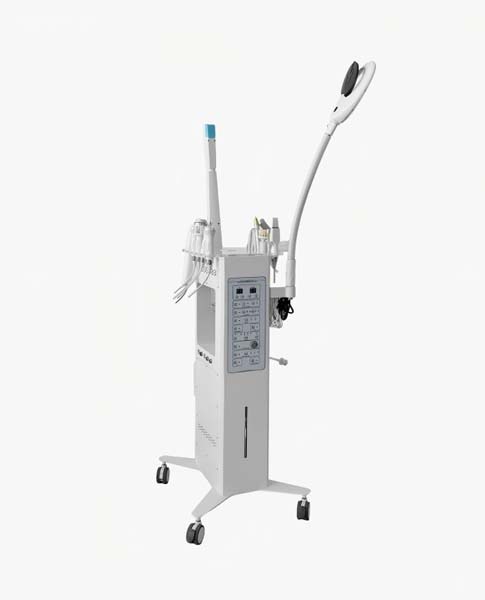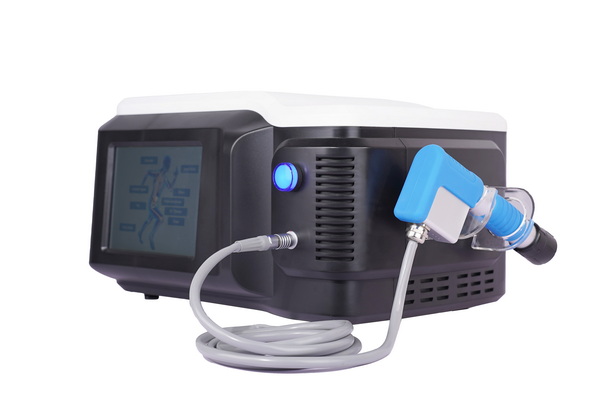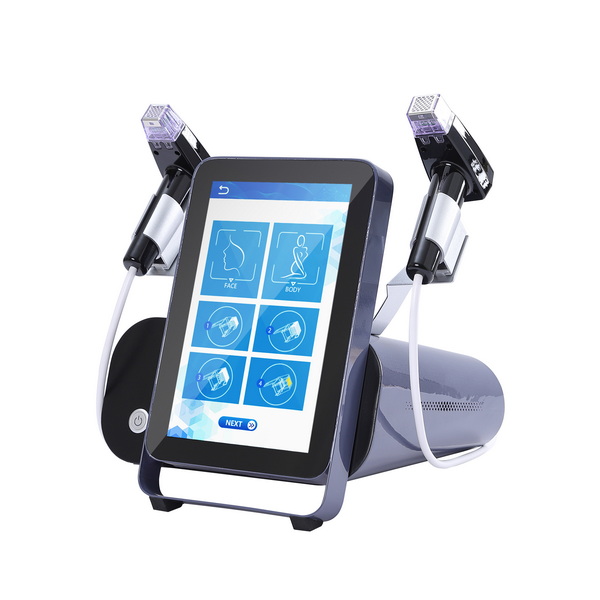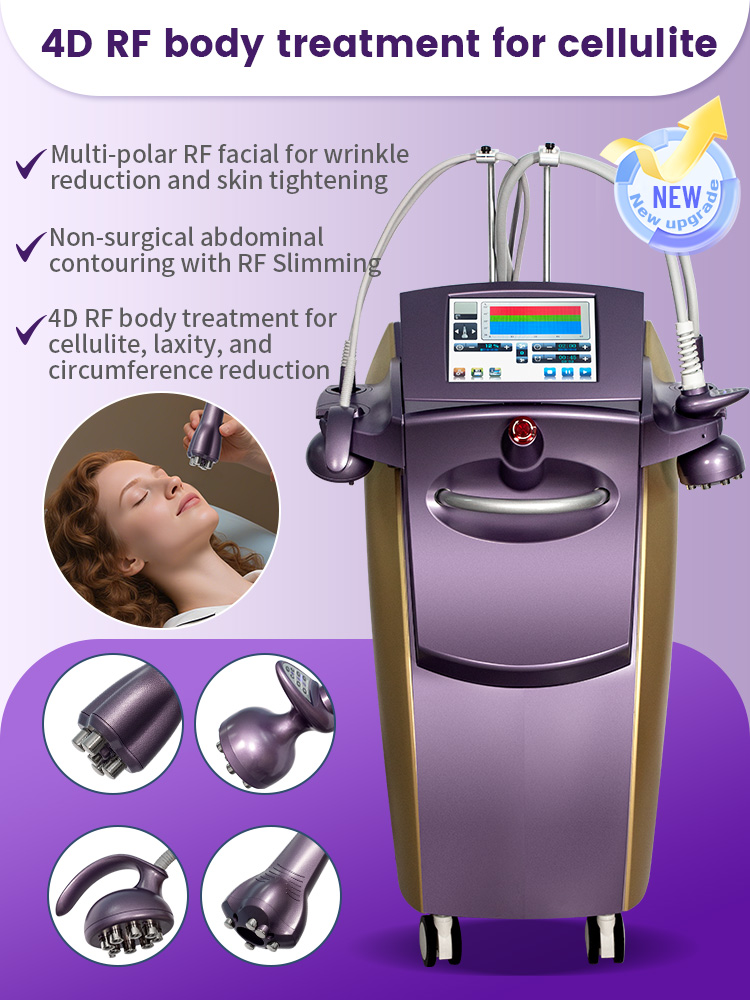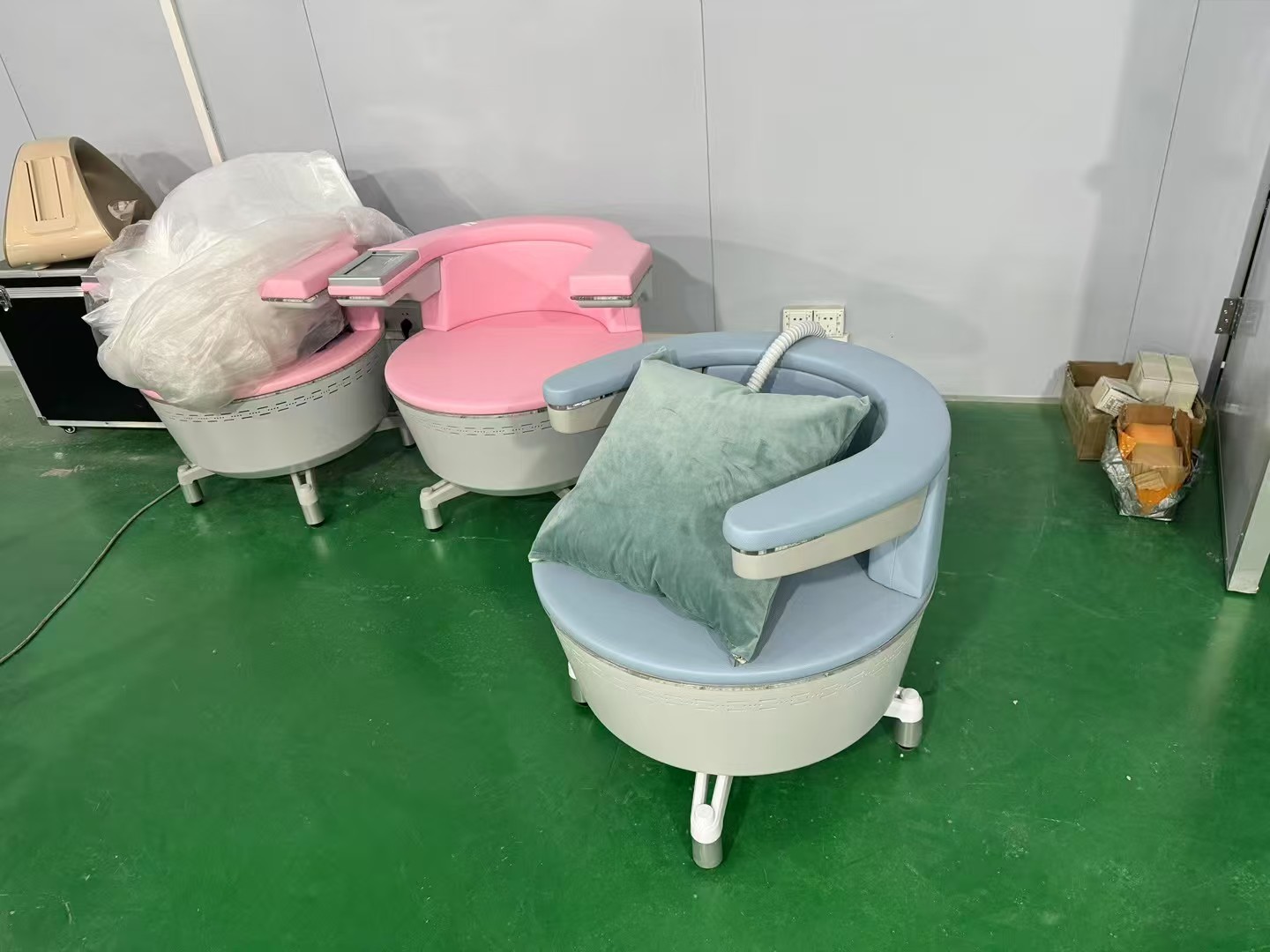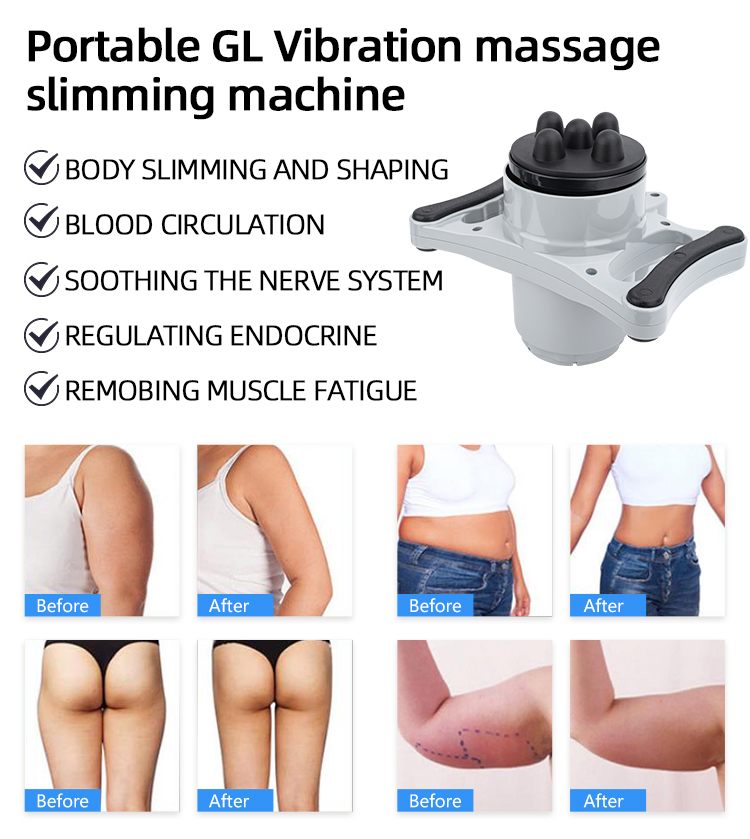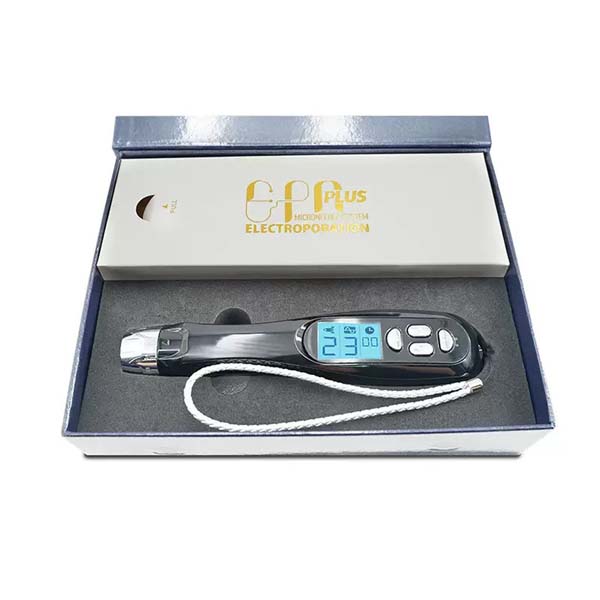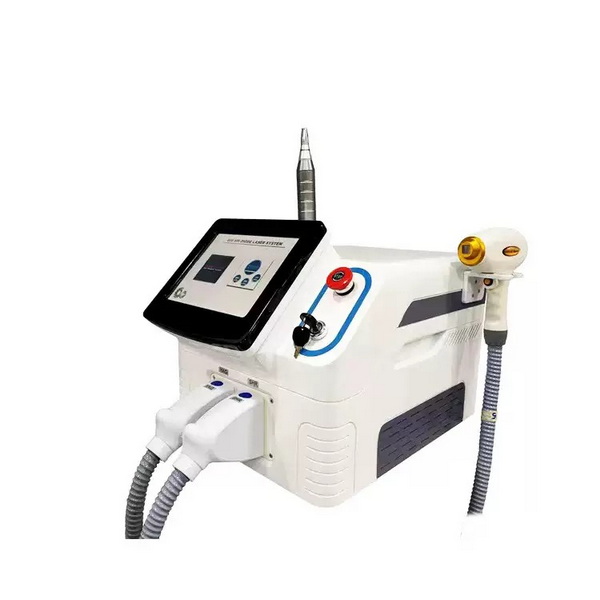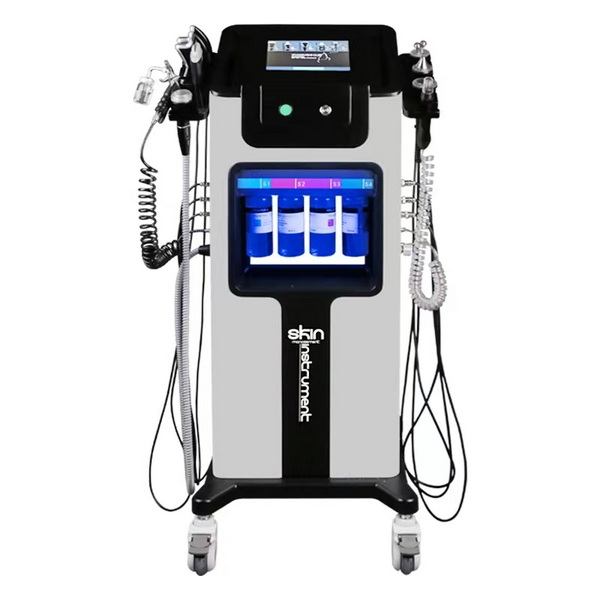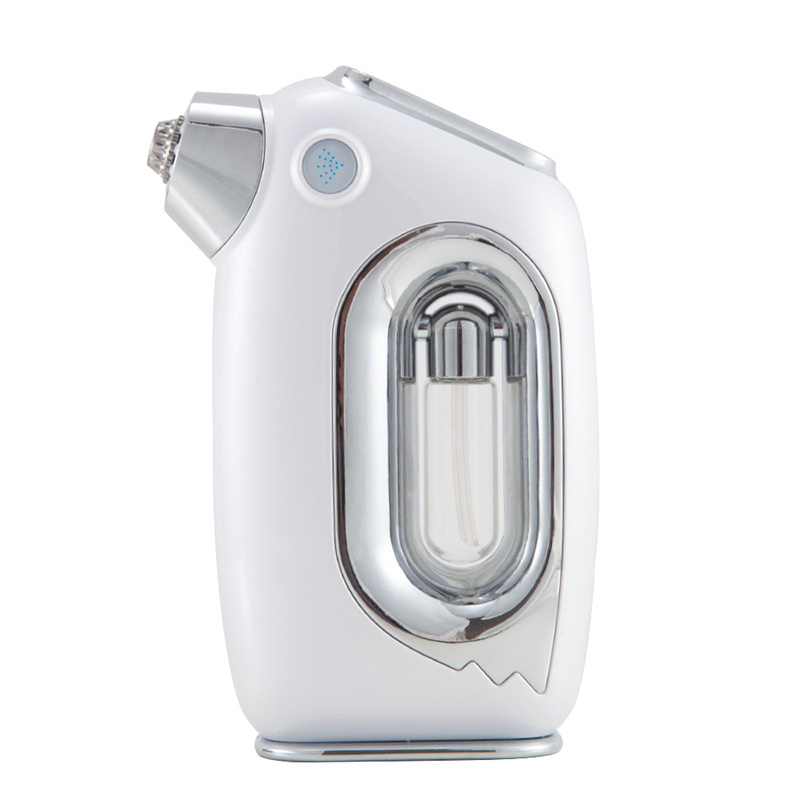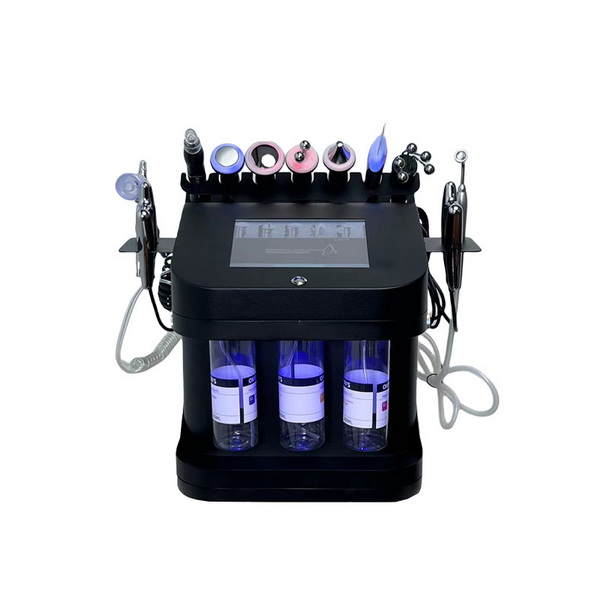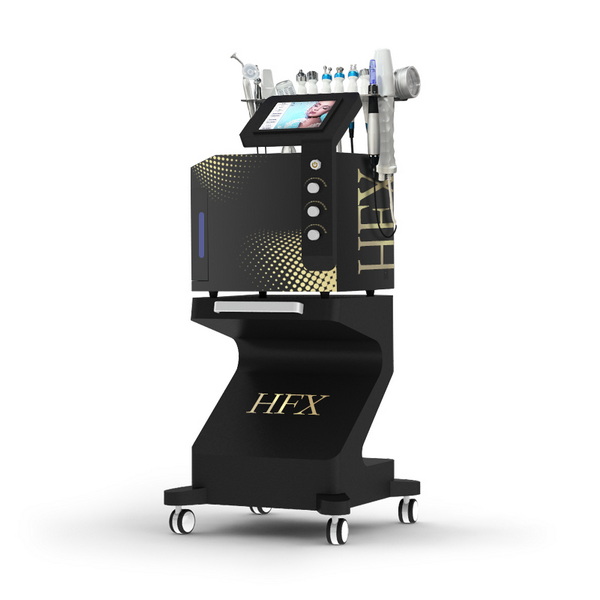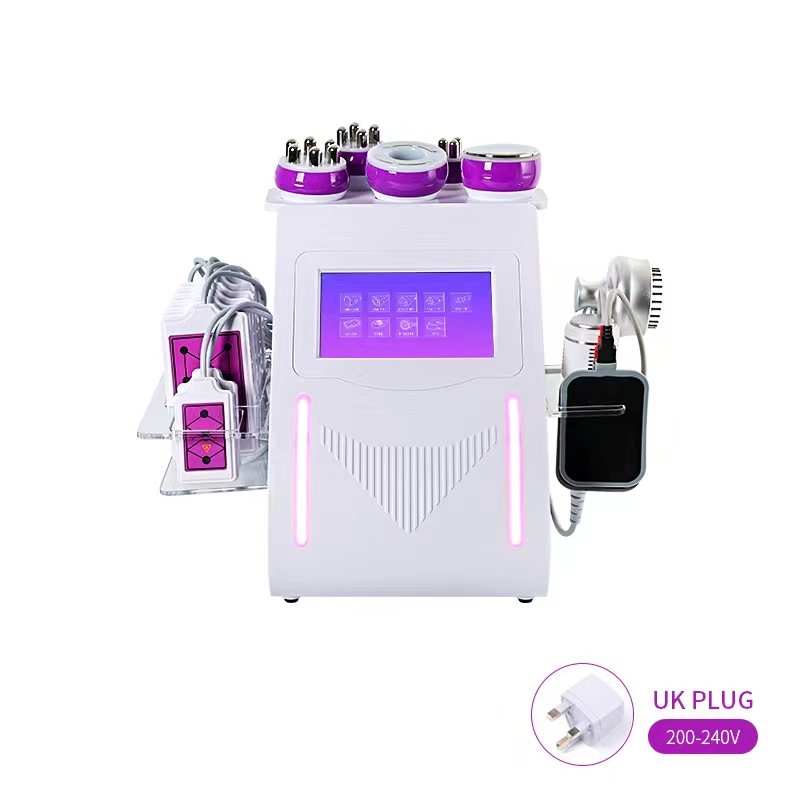Introduction to Shock Wave Therapy Machines
Shock wave therapy machines have revolutionized physical rehabilitation. These advanced devices harness acoustic energy to accelerate healing, reduce pain, and improve mobility. As non-invasive solutions, they are now integral in treating various musculoskeletal disorders.

How Shock Wave Therapy Machines Work
-
Acoustic pulses break down scar tissue and calcification.
-
They stimulate neovascularization (growth of new blood vessels).
-
They trigger metabolic activity, encouraging faster tissue recovery.
Radial vs Focused Shock Wave Therapy Machines
-
Radial: Surface-level, ideal for broader treatment areas.
-
Focused: Deep penetration, ideal for pinpoint pain or damage.
Medical Applications of Shock Wave Therapy Machines
Shock wave therapy machines are indispensable tools in many clinical settings. Their non-invasive nature and efficiency make them preferred by healthcare providers.
Orthopedic Treatments
These machines are highly effective in treating:
-
Plantar fasciitis
-
Achilles tendinitis
-
Calcific shoulder tendinitis
-
Tennis elbow
Pain Management
Chronic musculoskeletal pain can be significantly reduced using shock wave therapy machines. They desensitize nerve endings and break pain cycles.
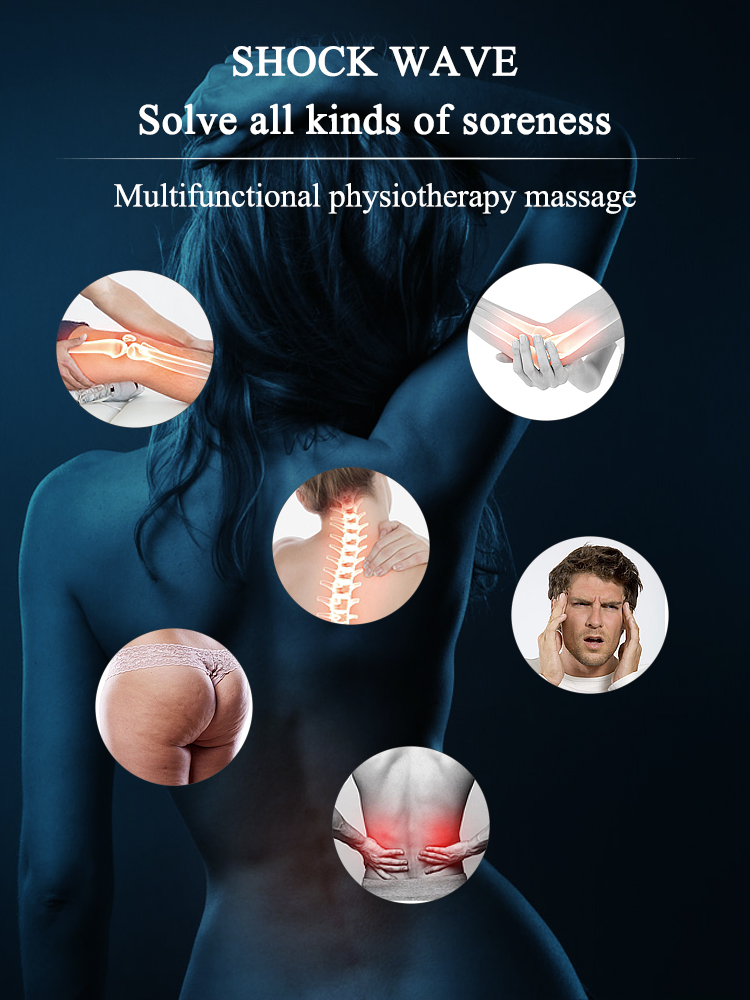
Aesthetic Benefits of Shock Wave Therapy Machines
In addition to medical use, shock wave therapy machines are increasingly found in beauty clinics.
Cellulite Reduction
The acoustic energy enhances lymphatic drainage and breaks down fat nodules, resulting in smoother skin.
Skin Tightening
Shock wave therapy machines stimulate fibroblasts to produce more collagen, tightening sagging skin.
Advantages of Shock Wave Therapy Machines
Shock wave therapy machines offer numerous benefits that set them apart from traditional treatment methods.
Non-Surgical
No incisions, no scars, and no lengthy recovery. Patients can return to daily activities immediately after treatment.
Rapid Results
Most users observe improvements within three to six sessions, depending on the condition.
Minimal Side Effects
Unlike medications or surgery, shock wave therapy machines come with minimal side effects—mainly mild discomfort or redness in the treated area.
How to Select the Right Shock Wave Therapy Machine
Choosing from the many shock wave therapy machines available on the market can be overwhelming.
Consider Your Practice
-
Are you using it for rehabilitation, pain relief, or aesthetics?
-
Will it be in a clinic or mobile setting?
Key Features to Look For
-
Adjustable energy levels
-
Multiple probe attachments
-
Pre-programmed treatment modes
-
Portable design (for home or mobile therapy)
Maintenance Tips for Shock Wave Therapy Machines
Keeping shock wave therapy machines in good condition ensures both effectiveness and safety.
Daily Cleaning
Wipe all contact surfaces after each session.
Regular Calibration
Ensure energy levels are accurate by scheduling periodic calibration with the manufacturer or technician.
Storage Guidelines
Always store shock wave therapy machines in a dry, dust-free environment.
FAQs About Shock Wave Therapy Machines
Are Shock Wave Therapy Machines Safe for Everyone?
Generally yes, but patients with pacemakers, tumors in the treatment area, or blood disorders should consult a physician.
How Long Does Each Session Last?
A typical session using shock wave therapy machines lasts between 10 and 20 minutes depending on the area treated.
Is the Treatment Painful?
There might be mild discomfort during the first few treatments, but it’s usually well-tolerated.
Future of Shock Wave Therapy Machines
As innovation continues, shock wave therapy machines are becoming smarter, more compact, and tailored for specific therapeutic needs. Their role in non-invasive healthcare is only expected to expand.
Conclusion: Why Shock Wave Therapy Machines Are Worth It
Shock wave therapy machines offer a reliable, non-invasive alternative for treating a range of conditions. Whether you’re a healthcare provider or a beauty professional, investing in the right shock wave therapy machines can elevate your practice and improve patient outcomes.

